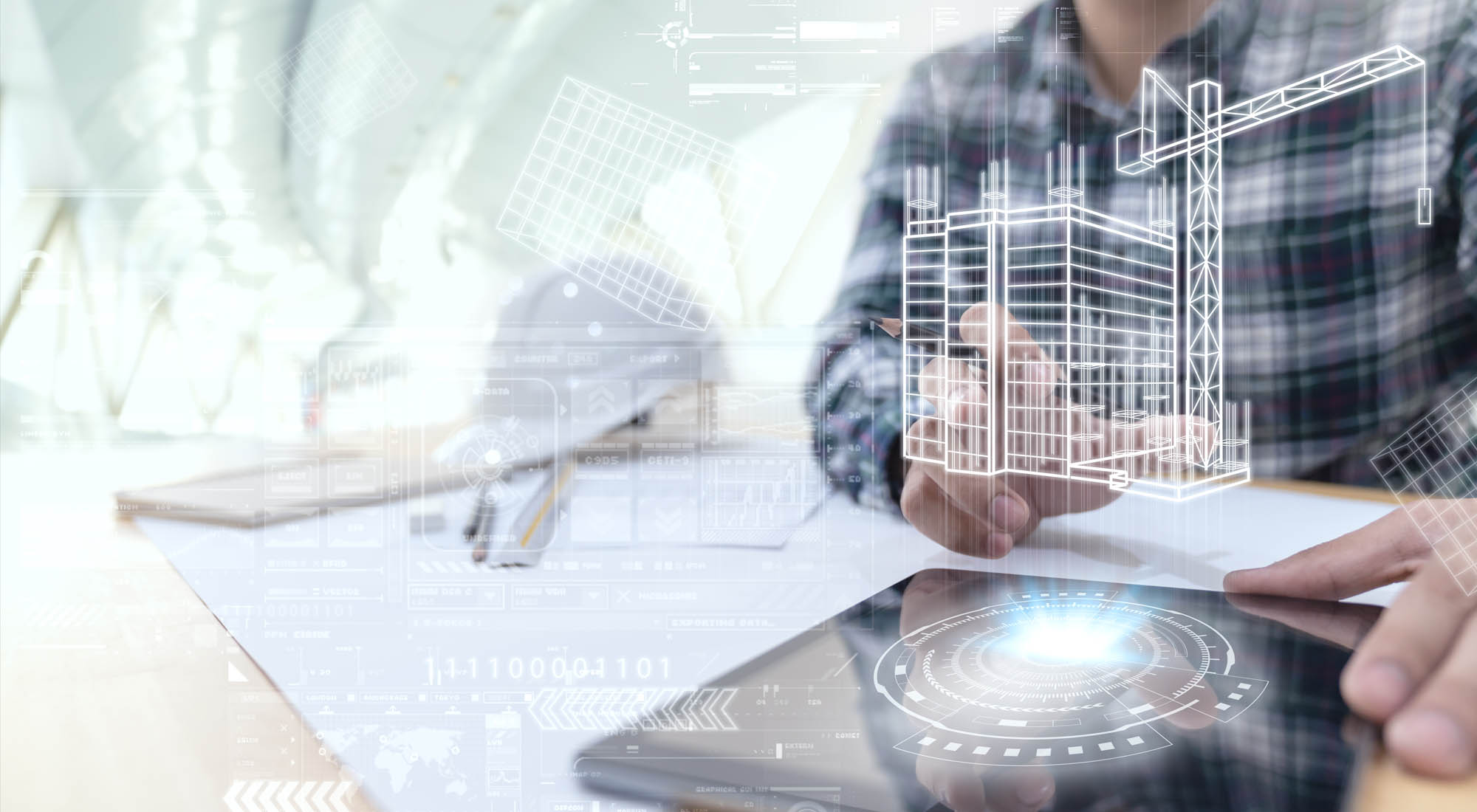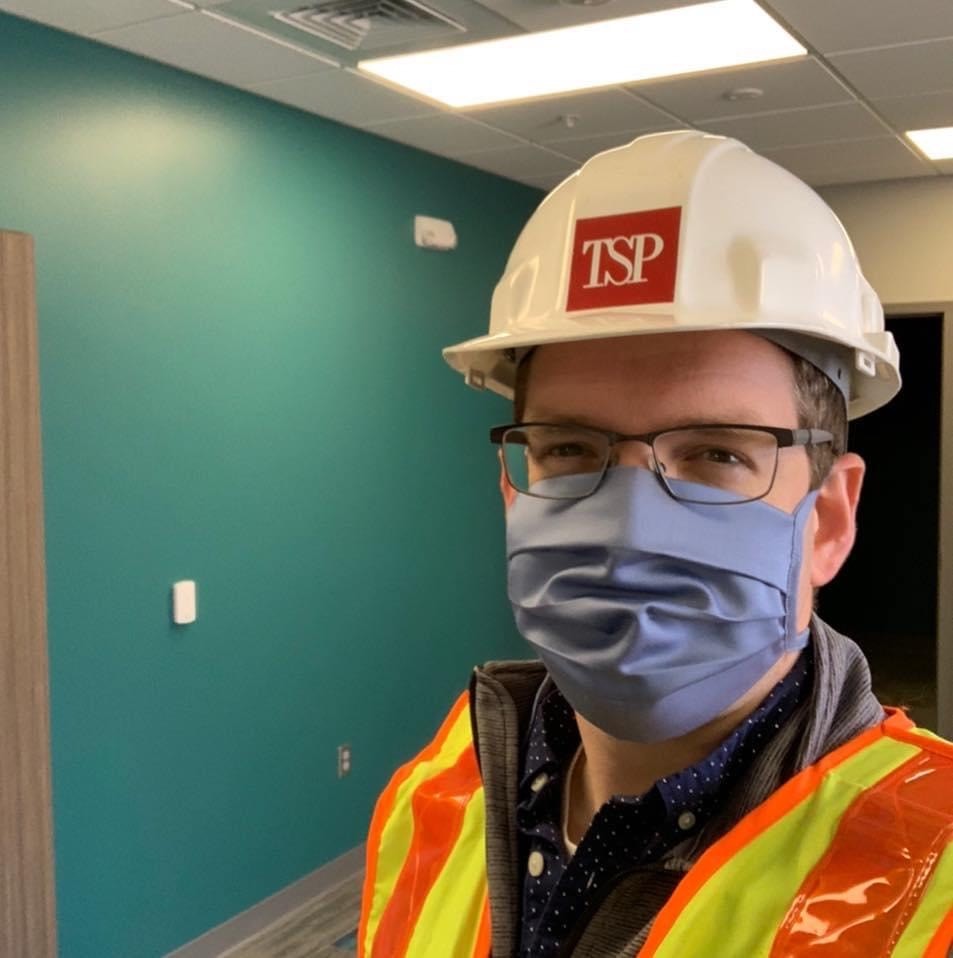The right projects at the right time
The coronavirus pandemic has forced businesses of all sizes to evolve on the fly. Meeting challenges in the COVID-19 era demands we find new ways to minimize disruptions and find our new normal. For TSP, Inc., that means building on what we do best: serving clients to make them better, faster, and stronger—now and on the other side of this global event.
Our “we before me” mindset guides us to design it like we own it. Putting our clients’ needs first has been the hallmark of our 90-year legacy firm. We’re committed to our craft, to one another, and to our communities. No matter what’s going on around us, those values won’t change.
TSP’s architects, engineers, and interior designers are planners by nature. It’s our job to help discover smart solutions that make the most of existing assets. Integrating form and function, we’re helping clients identify the right projects to develop healthcare resources for their communities, keep their own teams working, and emerge ready to take advantage of the economic recovery that awaits.
“Obviously, now may not be the best time for everyone to invest resources in building projects. But here are opportunities for us to help the right client do the right project at the right time,” said Tim Jensen, Managing Principal of TSP’s office in Sioux Falls, SD. “We’re seeing that not only with our healthcare partners but also with school districts, civic and government entities, and private business clients.”
The work climate
TSP’s lengthy experience in long-distance collaboration across our regional footprint is proving invaluable. We’re keeping up to the moment on directives from governors across several states as well as on local responses from mayors making the best decisions for their residents.
“We just want the community to know we’re here and we’re operating as we always have—it’s just a little different in terms of how we interact with them,” said Mike Young, a TSP architectural designer in Rochester, MN. “Our work isn’t stopping, and I think communication becomes that much more important. We are a critical industry in Minnesota because we have a major role during construction and in how we support what contractors are doing. In fact, we have some construction clients with a lull in their business, so they’re keeping their people busy and employed by making improvements to their own spaces. They’re pushing on and eager to keep moving.”
The pandemic’s effects on clients’ daily operations is as varied as the groups themselves. Some organizations are stretching out their construction schedules to manage cashflow and avoid pressing the pause button. Others can’t move fast enough to complete work already in progress.
“We’re seeing low interest rates, so money is ‘cheap.’ Contractors are eager to work because some projects have gone on hold and that’s created a hole in their planning,” Jensen said. “The bidding climate appears to be really good right now.”
The new ‘business as usual’
Project Manager Ed Lund has been part of many design and construction industry innovations during his 45-year career. He believes the pandemic will change the landscape of those fields even after cases dwindle. He’s now using Google Duo and other live-video apps to take virtual walk-throughs of builds with contractors or job supervisors on location.
“There’s nothing like being on site on a project. There are things that catch our eye, things we’re looking for based on our past experience or that depend on who’s holding the device and panning around with the camera,” Lund said. “So on-site meetings are still very, very valuable—but these intermittent video conversations are going to become priceless.”
The highly efficient check-ins enable Lund and other project managers to review site conditions and discuss next steps. Real-time video enables seamless two-way conversation that still photos and follow-up phone calls simply can’t duplicate. TSP team members who need to be on site themselves typically schedule their observation visits during the construction crew’s off-hours. They wear masks and gloves, observe social distancing when meeting in person, and follow recommended guidelines to reduce exposure for themselves and others.
“We know from our manufacturing-industry clients that there are real delays in some materials and supply chains,” said Jensen, who also is a Senior Electrical Engineer with the firm. “Some of them have temporarily shifted their efforts to produce protective gear or other healthcare-related items. We’ve also seen travel guidelines affect when equipment-company representatives can be on site to assist with installation and start-up procedures. All of those things have had an impact, and in a business that depends heavily on timelines and milestones, it can seem indefinite at times. But everybody gets it. These projects are important to our clients and they’re important to our firm. But the projects aren’t the most important things to anyone right now. We’re all in this together.”

